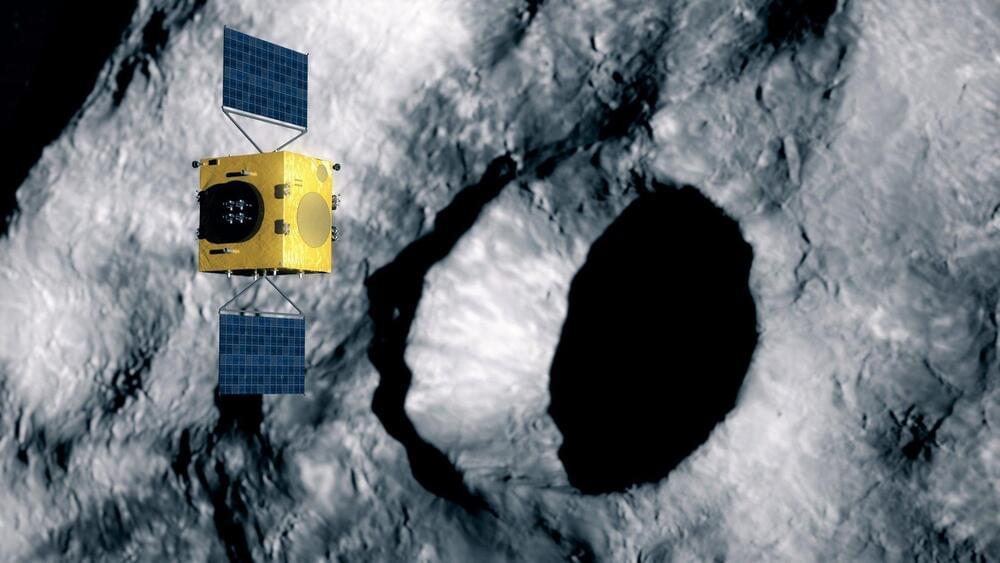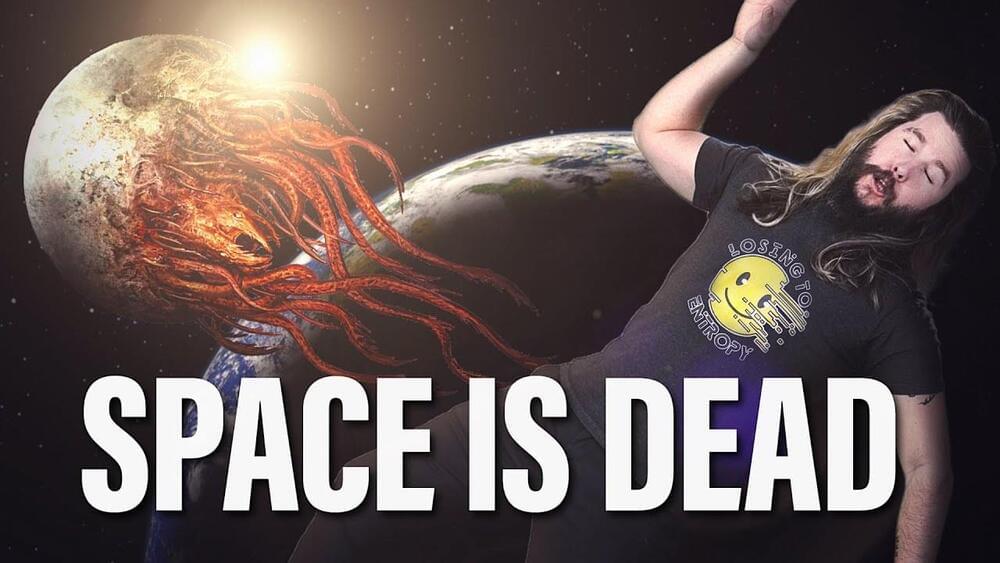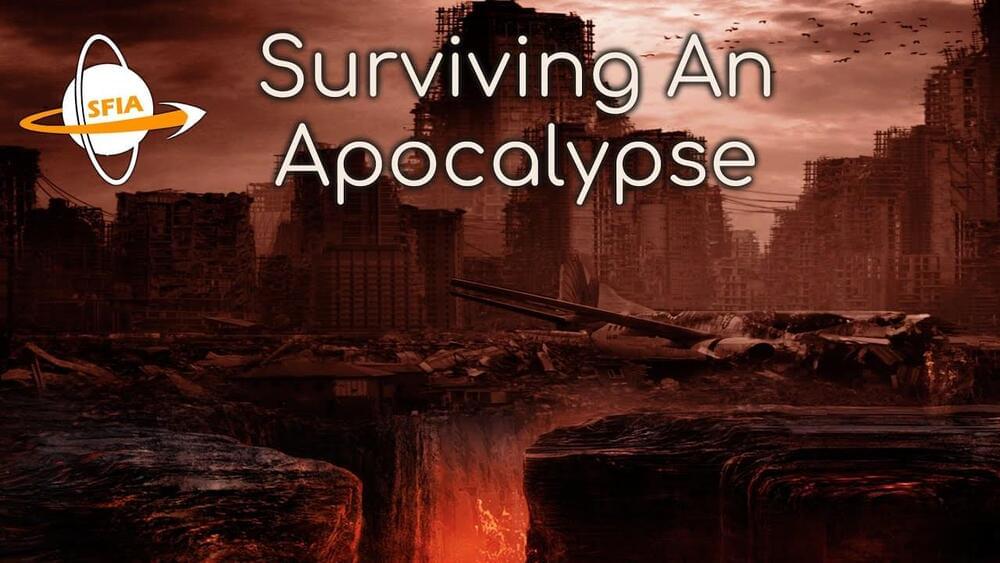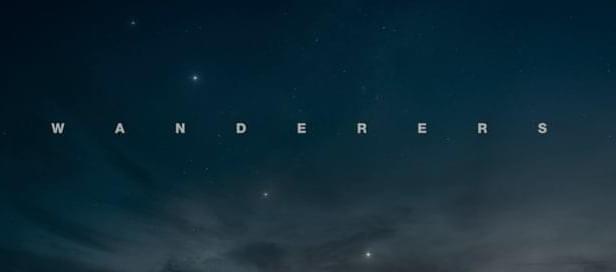Mar 19, 2023
European Space Agency’s Hera to inspect DART asteroid impact debris
Posted by Gemechu Taye in categories: asteroid/comet impacts, existential risks
The recent observations prove that not all asteroids are boring objects simply hanging out in space.
Gone are the days when we believed asteroids to be just large rocks hanging out in space. As space exploration has progressed, we have come to note that they are much more complex than that.
A great example of this is the asteroid Didymos, which according to a new study published on Monday, is literally spitting rocks into outer space due to the excessive speeds at which it is spinning.
Continue reading “European Space Agency’s Hera to inspect DART asteroid impact debris” »


















